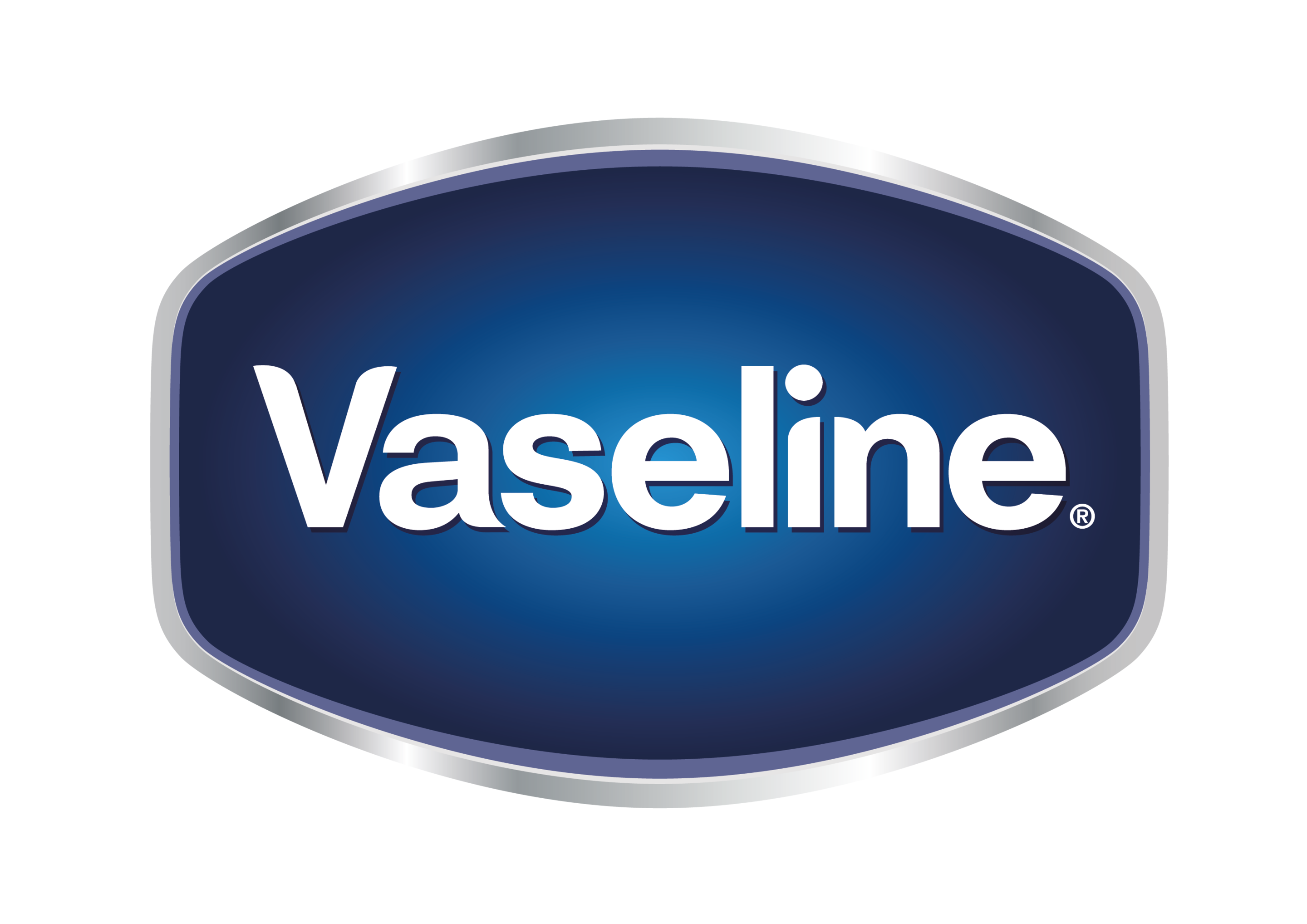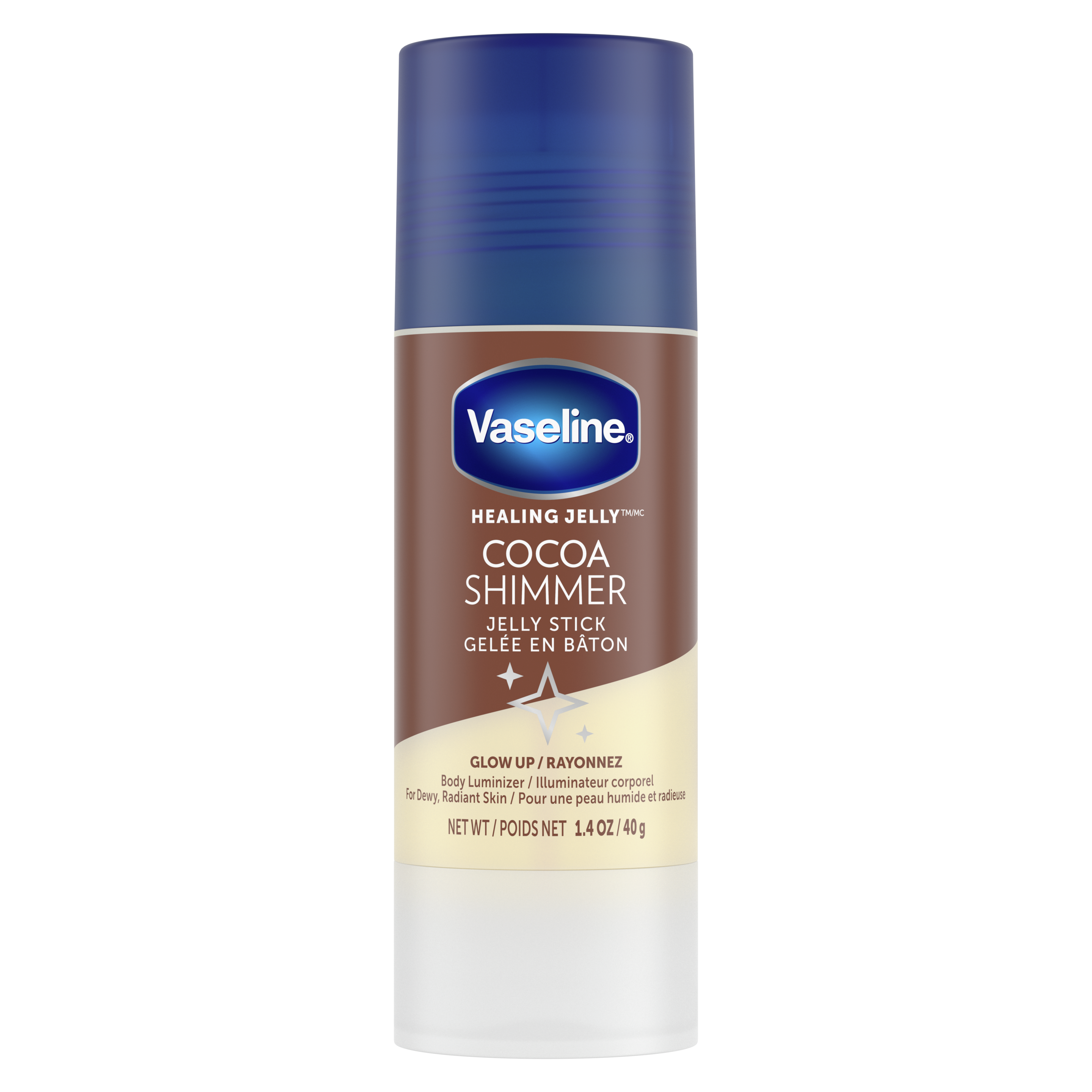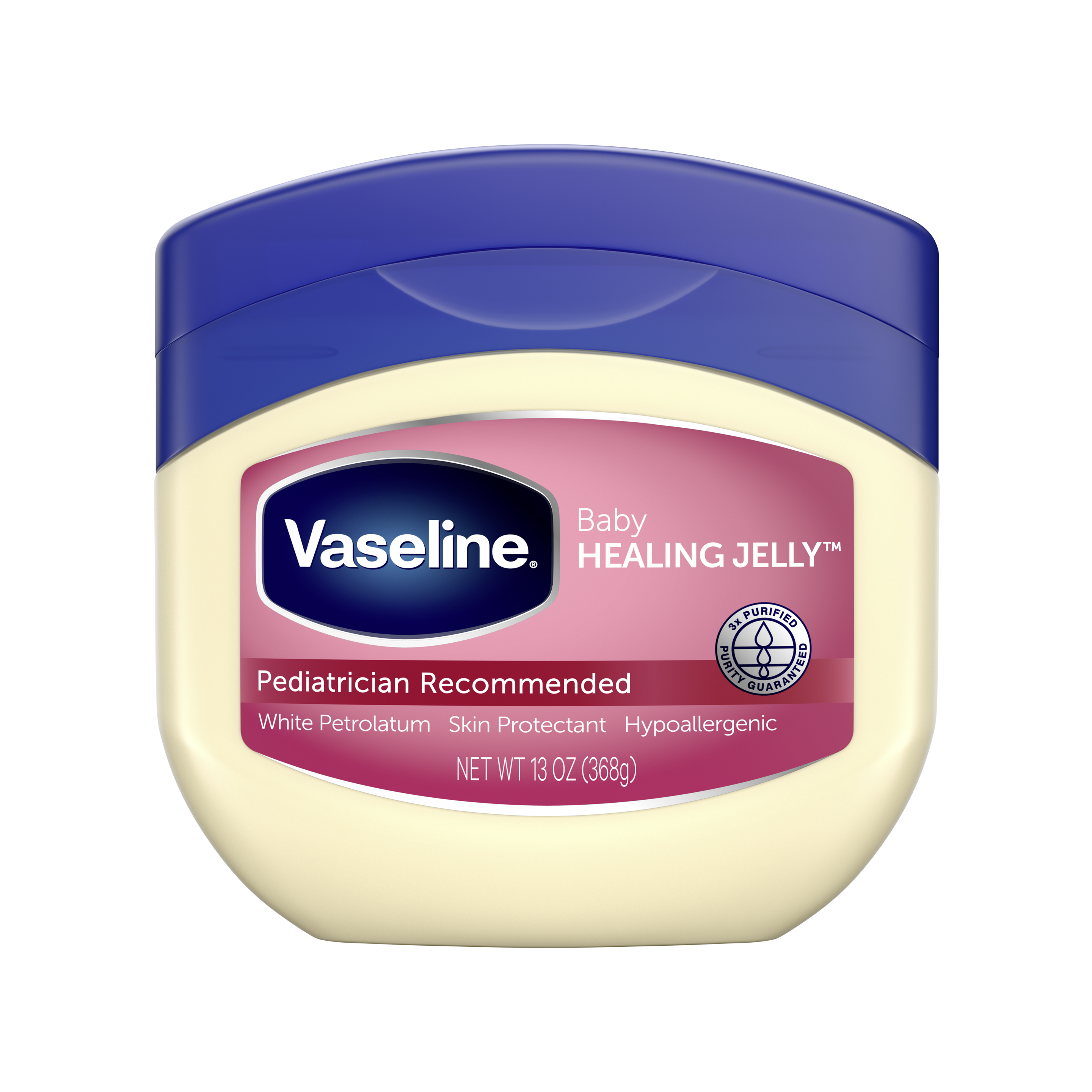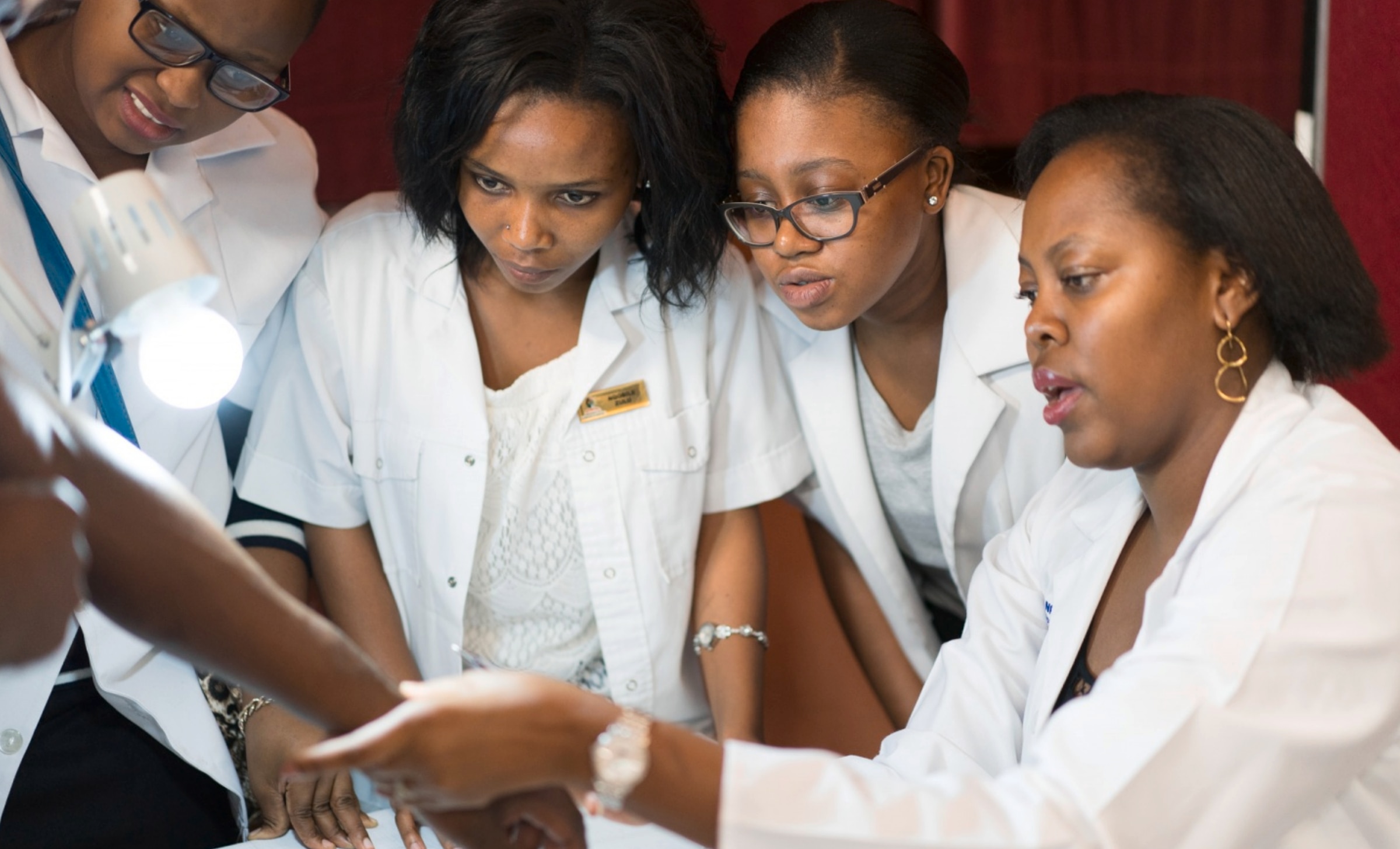Skip to content
Discover how to heal acne scars below.
- What Causes Acne Scarring
It’s estimated that acne affects 80% of people between the ages of 11 and 30. Scarring can be an unpleasant side effect of breakouts, but fortunately it’s possible to minimize the damage to your skin.
There are two types of acne scarring. “Depressed” or “atrophic” scars are the most common. This type develops as dents in the skin where tissue has been lost.
“Keloid” or “hypertrophic” scarring is where the skin creates new fibres of collagen – the protein that gives skin strength and flexibility. These scars are raised above the skin’s surface and are more unusual.
- How to Reduce Acne Scarring
This information about acne scar removal will provide ideas on how to help improve and reduce the appearance of acne scars at home using non-prescription remedies. It will also give an overview of treatments offered by medical professionals. Always consult a dermatologist or doctor about skin care or health concerns.
- Types of Acne Scars
Depressed or atrophic scars fall into the following categories:
- Ice Pick Scars
These are deep, narrow (around 2mm wide) scars that look similar to open pores. About 65–70% of atrophic scars are ice pick scars. - Rolling Scars
These are caused by damage under the skin. There are usually wider than 4–5mm and lead to shadowing on the skin surface. About 15–25% of atrophic scars are rolling scars. - Boxcar Scars
These are normally round scars, similar to rolling or chicken pox scars. They’re commonly wider at the surface and often compared to craters.
- Ice Pick Scars
- How to Reduce Acne Scars
You won’t be able to remove acne scars completely,. However, you may be able to help reduce the appearance of acne scars over time simply at home with some common sense measures.
Avoid the Sun
The sun’s strong UV rays trigger your melanin-producing cells (melanocytes). This can darken your skin and make scars appear more visible. Wear sunscreen of SPF 15 or higher, and reapply often. The sun is at its strongest from 11am to 3pm, so avoid direct sunlight during these hours.
Moisturize
Your skin needs moisture to heal and improve its appearance. The top layer of skin alone – the stratum corneum – can absorb three times its weight in water. If you suffer from acne scarring on your body (shoulders and back for example) moisturize with Vaseline® Intensive Care Deep Restore Lotion. It is formulated with nutrients and multi-layer moisture to penetrate deep down and can help keep skin hydrated and healthy-looking.
Cosmetic Procedure
Some procedures are available for acne scars however, you should always talk to a qualified dermatologist about the advantages and risks before committing. Your surgeon may recommend:
Dermabrasion: Removal of the top layer of skin using a fast rotating device. Dermabrasion can remodel the structural proteins of your skin, making it look smoother.
Laser Treatment: There are two types of laser treatment. Ablative laser treatment removes a small patch of skin to leave a smoother area. Non-ablative laser treatment is where a laser stimulates collagen growth, tightening skin and repairing the damage caused by scarring.
Punch Technique: Can be used to treat ice pick and deep boxcar scars. There are different versions of the punch technique, but all involve surgically removing the scars and smoothing the skin.
- Help Prevent Acne Scars
Even if you treat your breakouts correctly, you may still scar. Here are a few simple preventative steps that could help reduce acne scars.
Don’t Squeeze Your Pimples
A pimple is a localized infection of a pore. Your hands carry oils and bacteria and touching (or worse, squeezing) your pimples can cause additional infection and further inflammation of the skin. The more inflamed your acne becomes, the greater the chances of scarring.
Develop a Skincare Routine
Committing to a healthy skincare routine can promote clearer skin, and may result in fewer breakouts. Opt for a mild soap or gentle cleanser and avoid overuse of abrasive products like facial scrubs and astringents. Be sure to avoid overwashing as this can irritate skin further.
Visit a Dermatologist
If you’re struggling to control your acne, visit your dermatologist. He or she will help you come up with strategies to reduce pimples and the chances of scarring.
Remember, no one has perfect skin. Everyone has had a pimple, a scar or a blemish at some point. While you can’t remove acne scars completely, you can reduce acne scars and learn to embrace your skin.
Expert Advice
The advice in this article does not constitute medical advice, it is solely available for information purposes.
Related PRODUCTS
- slide 1
- slide 2
- slide 3
- slide 4
- slide 5











